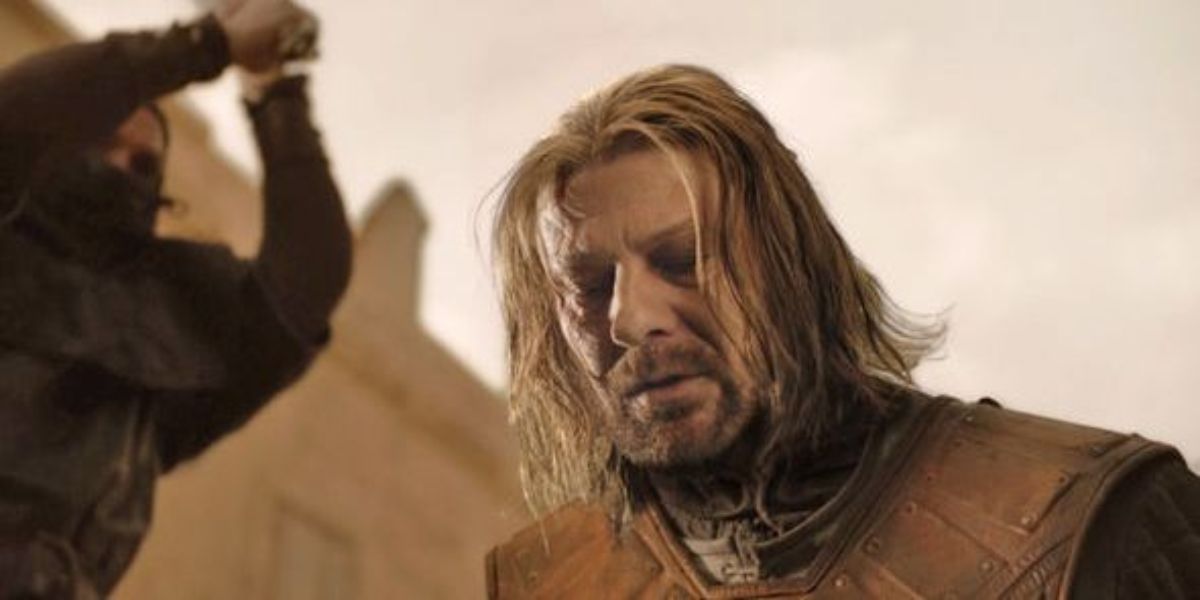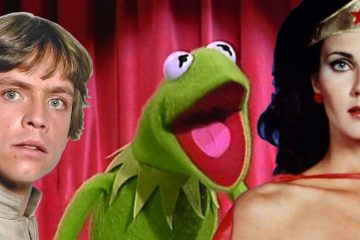Long before HBO Max and throughout the latter half of the 20th century, television was relatively safe and predictable. The main characters on TV shows always possessed plot armor, and, regardless of the danger they would find themselves in during the inevitable end-of-episode cliffhanger, things would always work out for them the following week as they escaped the clutches of a diabolical villain or emerged unscathed from some disaster or accident. There were a few exceptions, but by and large, studio executives were extremely risk-averse and unwilling to disrupt the tried and tested status quo.Audiences were comforted by the familiar and safe routines played out on their television screens each week and just wanted to catch up with their favorite TV characters, as though meeting up with old friends for a chat in their living rooms. It is no accident that during the 90s, sitcoms such as Friends, Frasier, Seinfeld, and Roseanne were dominant. With the possible exception of shows like ER, which incidentally did have its share of notable onscreen deaths, television was low risk, low stakes, and low drama. Thankfully, however, that was all set to change as television entered a new century and a golden period of prestige television.Towards the end of the 90s, the paid-for subscription channel HBO began to produce its own dramatic content. The shows were free from the restrictions of network TV and could focus more on dramatic and adult storytelling. An early attempt, Oz – a drama set within a maximum security prison and starring JK Simmons was uncompromising and brutal, unlike anything that could have ever been aired on network TV, but failed to garner much of a reception beyond the critics. It wouldn’t be until the arrival of The Sopranos in 1999 that their efforts really bore fruit.RELATED: 10 Best ’90s TV Shows That Still Hold UpRELATED: 15 Most Tragic Deaths In The Breaking Bad Universe, Ranked
Long before HBO Max and throughout the latter half of the 20th century, television was relatively safe and predictable. The main characters on TV shows always possessed plot armor, and, regardless of the danger they would find themselves in during the inevitable end-of-episode cliffhanger, things would always work out for them the following week as they escaped the clutches of a diabolical villain or emerged unscathed from some disaster or accident. There were a few exceptions, but by and large, studio executives were extremely risk-averse and unwilling to disrupt the tried and tested status quo.
Audiences were comforted by the familiar and safe routines played out on their television screens each week and just wanted to catch up with their favorite TV characters, as though meeting up with old friends for a chat in their living rooms. It is no accident that during the 90s, sitcoms such as Friends, Frasier, Seinfeld, and Roseanne were dominant. With the possible exception of shows like ER, which incidentally did have its share of notable onscreen deaths, television was low risk, low stakes, and low drama. Thankfully, however, that was all set to change as television entered a new century and a golden period of prestige television.
Towards the end of the 90s, the paid-for subscription channel HBO began to produce its own dramatic content. The shows were free from the restrictions of network TV and could focus more on dramatic and adult storytelling. An early attempt, Oz – a drama set within a maximum security prison and starring JK Simmons was uncompromising and brutal, unlike anything that could have ever been aired on network TV, but failed to garner much of a reception beyond the critics. It wouldn’t be until the arrival of The Sopranos in 1999 that their efforts really bore fruit.
#HBO #Paved #Lord #Eddard #Starks #Death
Note:- (Not all news on the site expresses the point of view of the site, but we transmit this news automatically and translate it through programmatic technology on the site and not from a human editor. The content is auto-generated from a syndicated feed.))



